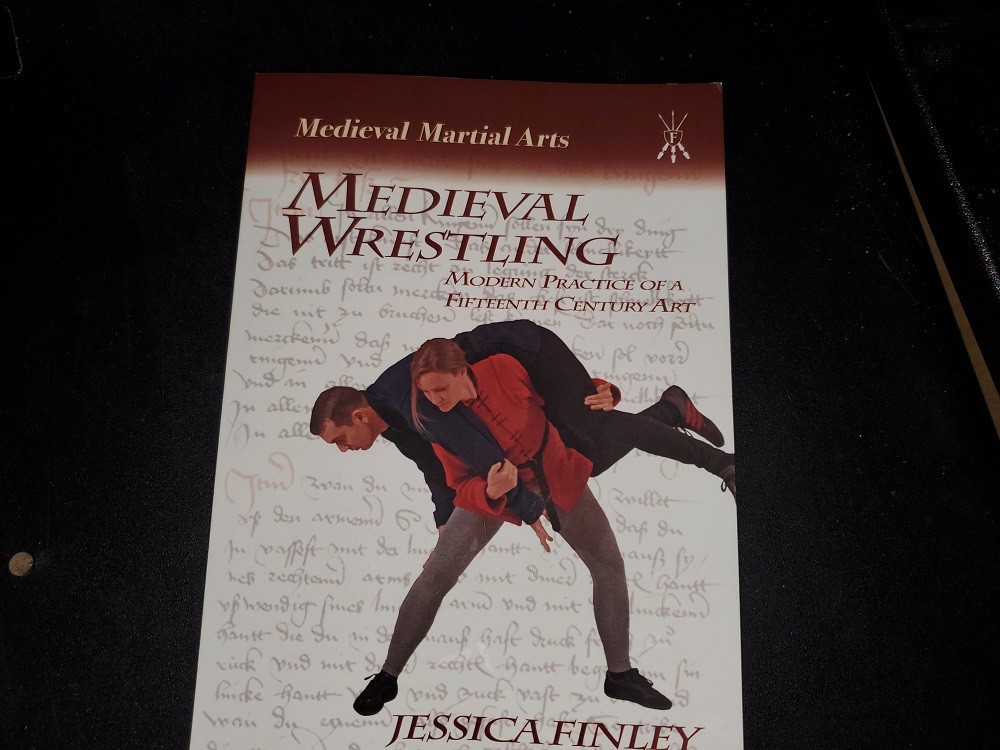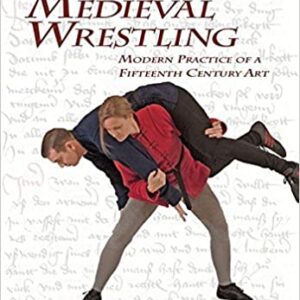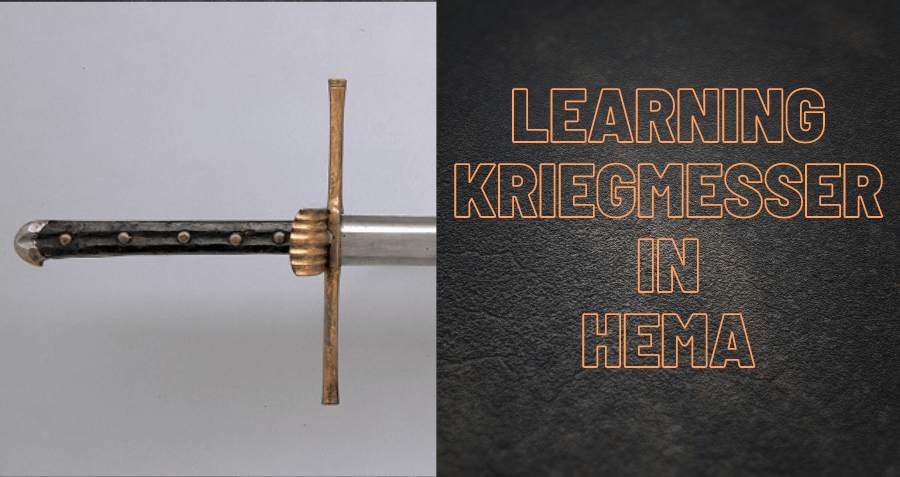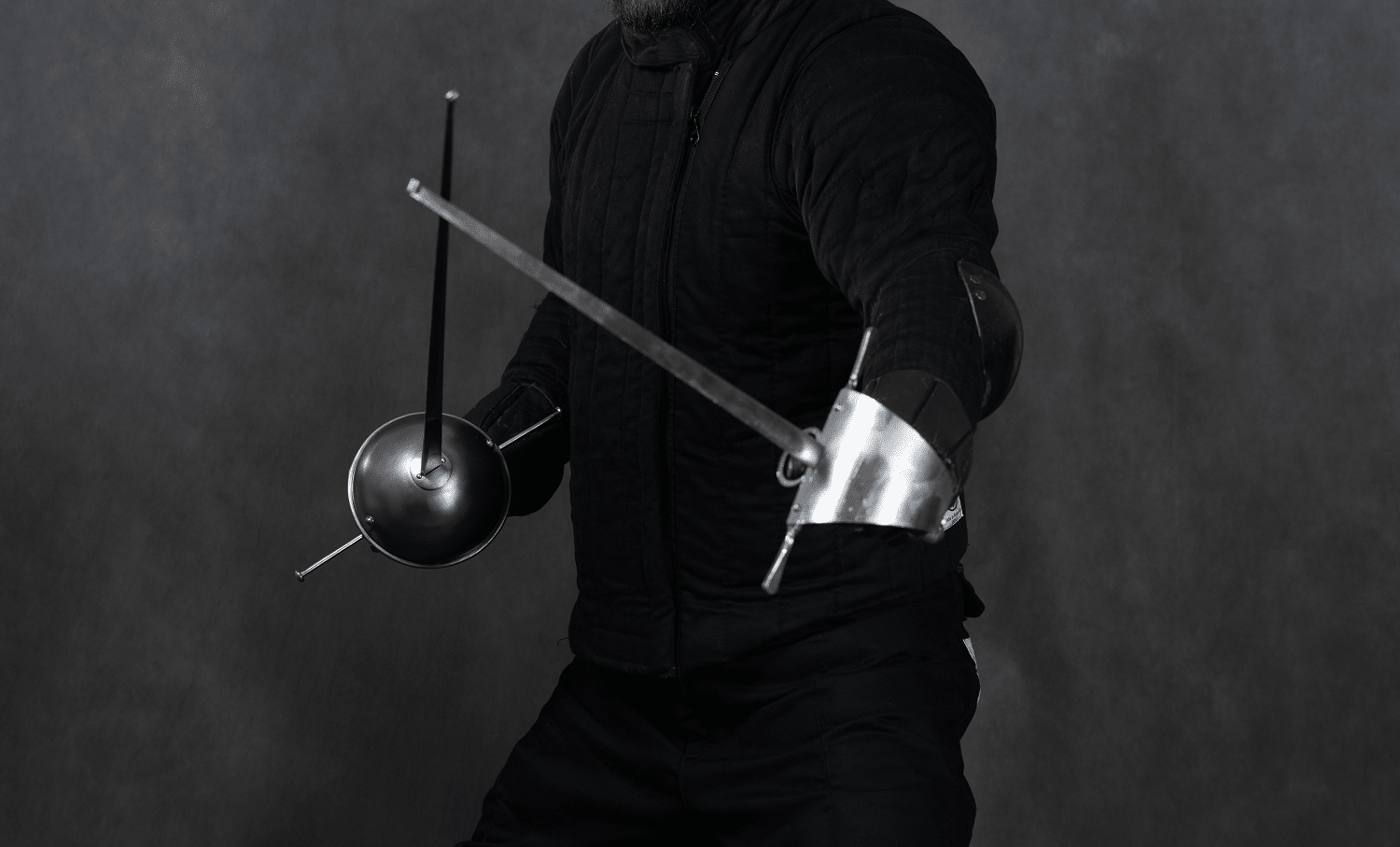This is a book review for the HEMA companion book Medieval Wrestling: Modern Practice of a Fifteenth Century Art by Jessica Finley. This 168 page historical European martial arts companion book is meant to teach aspects of wrestling in the Liechtenauer Tradition, which in Kunst des Fechtens (KdF) is called Ringen. Effectively it is a guidebook on how to learn a form of wrestling that was practiced during the Late Middle Ages (15th / 16th century) in the Holy Roman Empire based on surviving Germanic texts.
The book Medieval Wrestling is one of the most focused companion books written to explore and discuss the subject of Ringen in detail, and it is commonly regarded as a “must have” book for students of those studying Kunst des Fechtens (KdF) or Liechtenauer Tradition of Historical European martial arts. Specifically, Finley has focused her reconstruction of Ott Jud’s 15th century wrestling treatise by combining the surviving source material with her own background in Judo to fill in the gaps of the original source texts.
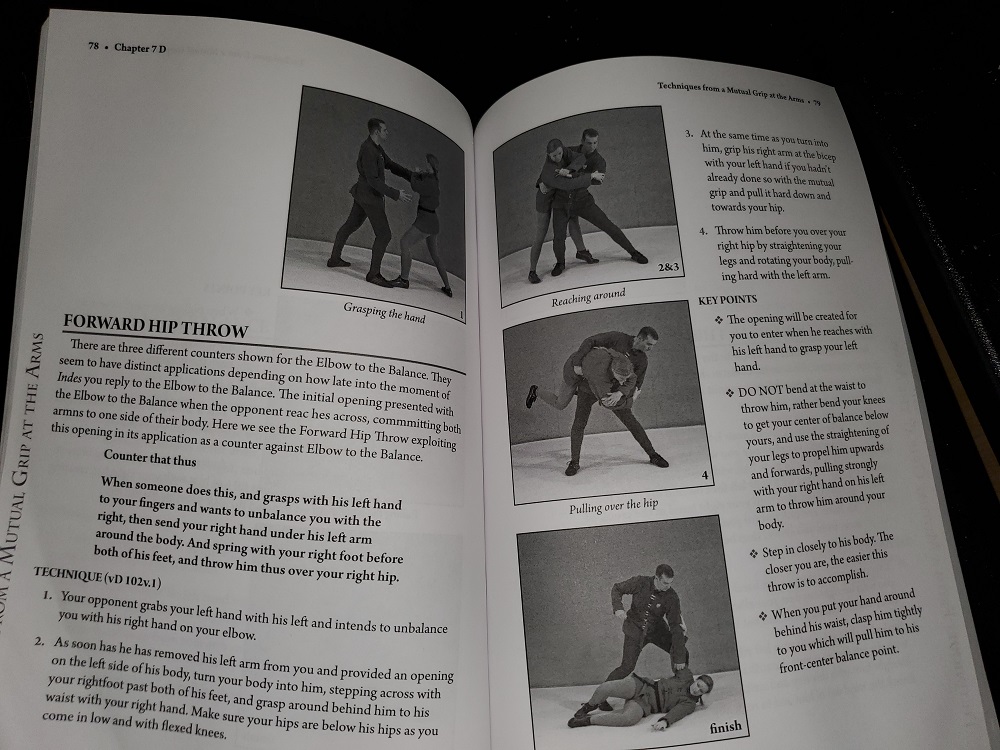
Medieval Wrestling features several illustrations on numerous pages demonstrating how to perform each wrestling technique.
Finley begins the book by providing a brief introduction to the “medieval martial arts of Germany” (specifically, the material Finley covers is from the Late Middle Ages and Early Renaissance period). Finley then moves on to provide some biographical information about what is presently known about Ott Jud, the attributed author of several wrestling treatises appearing in numerous surviving manuscripts related to KdF, and who is named by Paulus Kal as a member of the Fellowship of Liechtenauer. In this introductory section of the book Finley also provides her thoughts on Ringen’s relationship to contemporary sport wrestling (particularly Greco-Roman style wrestling) as well as its role within the broader Germanic martial arts practiced within Kunst des Fechtens, particularly in regards to the “initiative” focused fight theory of the Liechtenauer tradition. Finley points out some similarities to Ott’s fight theory that are present in Judo, which helps provide some comparisons for those coming into KdF from Judo or Brazilian jiu-jitsu.
In Medieval Wrestling Finley provides technical analysis of the Ott treatises, using the Von Danzig treatise as the primary source for her reconstruction based upon Christian Tobler’s translation of it into English. She also provides descriptions of how to perform wrestling grips and locks, various throws and other techniques, with numerous illustrations and accompanying text that break down the movements into easy to understand steps. Finley has organized the material in her own way that she believes will make it easier for beginners to learn, so the presentation of information is different than how it is presented in the original treatises by Ott. The book also features a number of drills for partnered practice and other useful training advice.
It is worth mentioning the instructional material is focused almost entirely on wrestling from standing positions, and very little information about ground fighting is presented or discussed in detail. This is likely because the source material is itself very focused on standing grappling.
Overall, Medieval Wrestling: Modern Practice of a Fifteenth Century Art by Jessica Finley is an excellent HEMA companion book for those seeking a readily accessible instruction book on how to perform wrestling techniques in the Kunst des Fechtens style of German medieval martial arts and it is recommended reading for students of the Liechtenauer Tradition.
*****
If you’d like to learn more information about historical fencing practices please check out our Learn HEMA page for a guide to learning about the historical weapon that interests you. You can also find more guides we’ve written about other topics at our Helpful Guides page. You can also join the conversation at our forums or our Facebook Group community.
